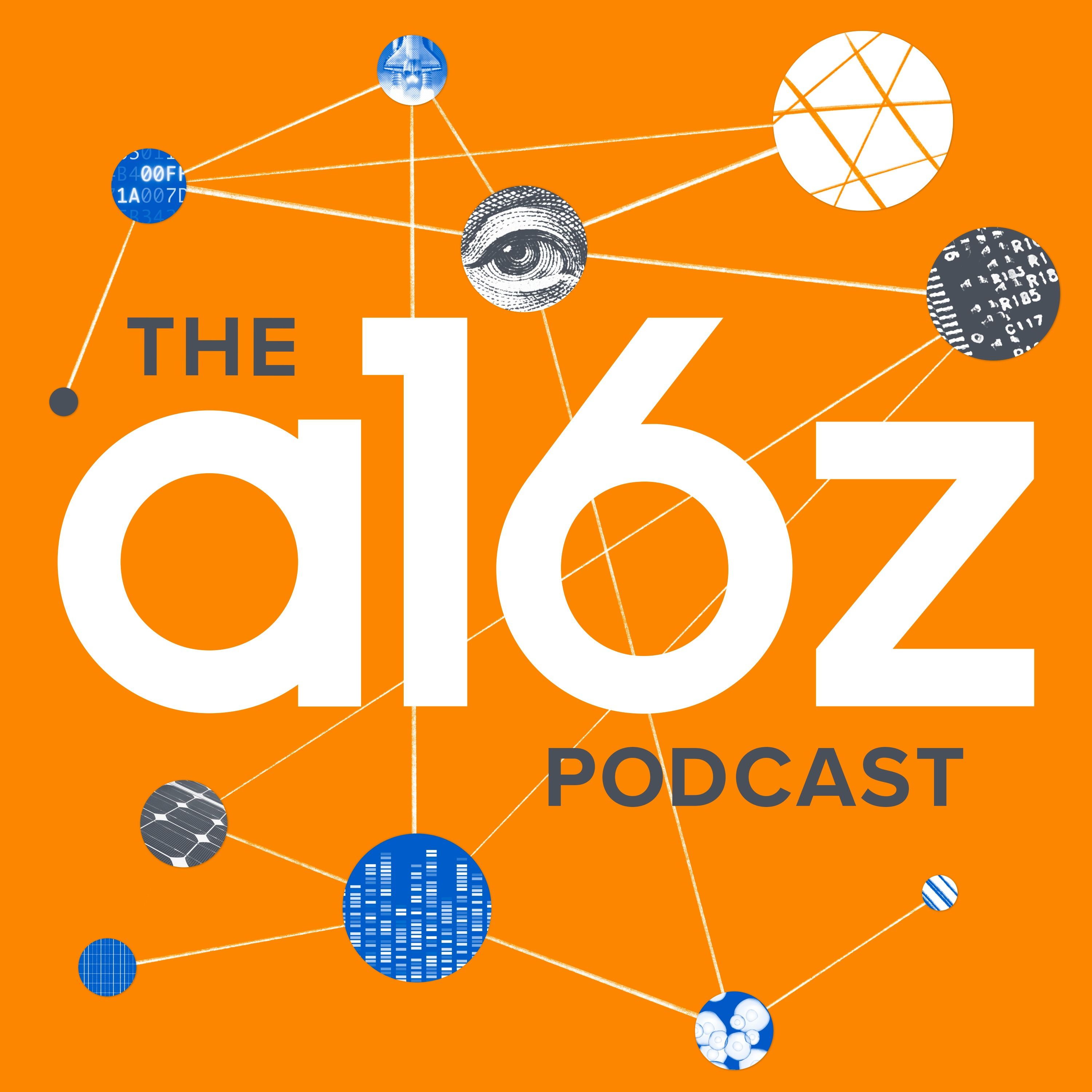PortalsOS
Related Posts
Vote to see vote counts

There is a convergence happening among large language models (LLMs), with no sustainable technical advantage being developed, as AI can quickly reverse engineer other AIs.

The success of LLMs in language tasks was surprising, as language was previously considered different from other AI tasks.

The use of open-source LLMs in robotics highlights the convergence of AI techniques across different domains, showing that the same models and architectures can be applied to both language processing and robotics.

The integration of LLMs in physics research could accelerate scientific discovery by enabling AI to iterate on experiments and simulations, similar to human scientific inquiry.
The ultimate LLM will probably be about a billion parameters, indicating a future of more efficient AI models.

The future of AI development may involve LLMs advancing to a point where they can independently discover the next technological breakthroughs.

The ultimate LLM will probably be about a billion parameters, indicating a future of more efficient AI models.

Continual learning is necessary for true AGI, and while it doesn't exist with current LLMs, there may be straightforward ways to implement it.

The development of AI models capable of reasoning and coding without human intervention marks a significant leap in AI capabilities, potentially leading to superintelligence.

To achieve AGI, we need a new architecture that can create new knowledge, not just navigate existing data. Current LLMs are limited to refining and connecting known dots.